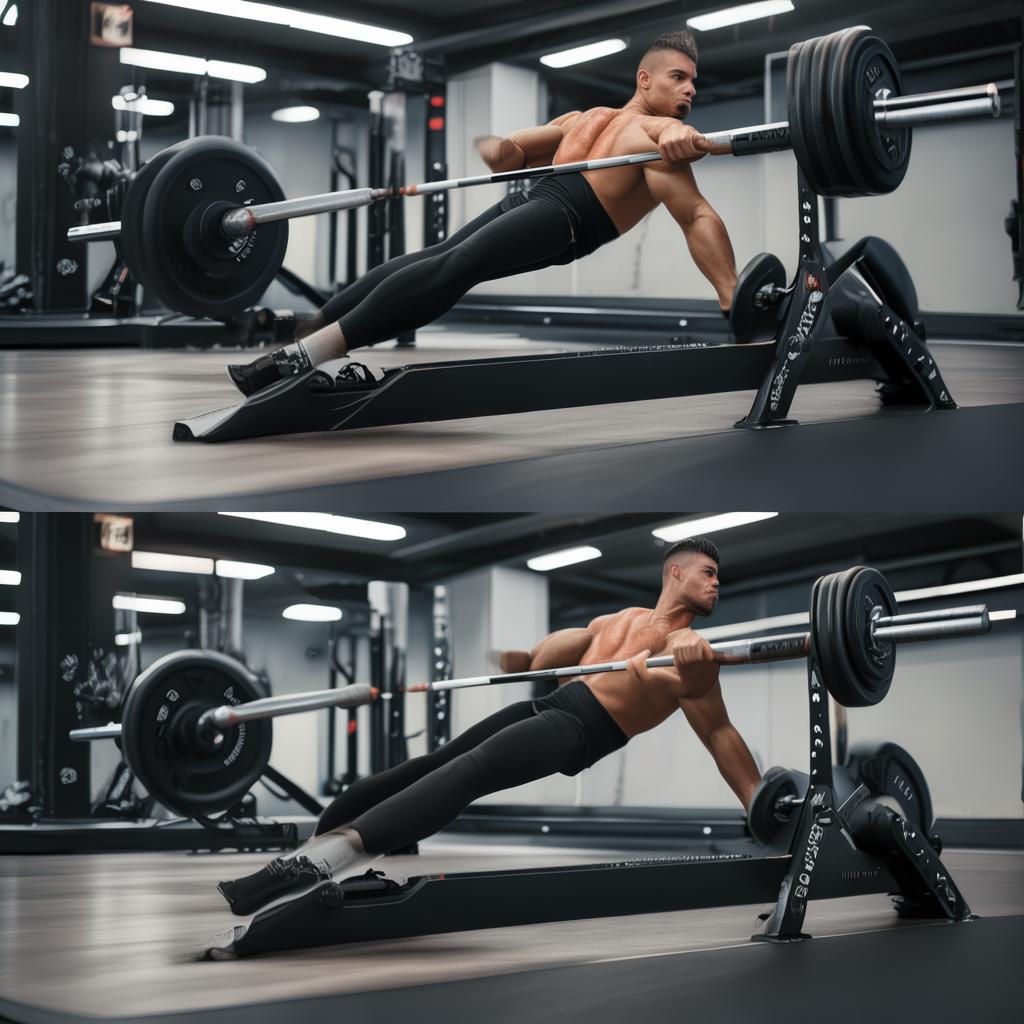Introduction
September 13, 2023 – When it comes to chest training, many of us focus on the upper and middle parts more often. The lower chest is often neglected. But the lower incline bench press, an unpopular yet effective exercise, can work wonders for making your chest look great. How often do you change your fitness training program? It’s important to introduce variety, and the lower incline bench press can be a great addition.
The Advantages of the Lower Incline Bench Press
First, it’s not just about the chest – if you do a lot of planks and upper incline training, switching to the lower incline bench press can relieve stress on your shoulders, elbows, and wrists. You can increase your training volume without over – stressing these joints, and it also reduces more low – tension in the back compared to the flat bench press. For those who experience shoulder and back discomfort with the plank or upward incline bench press, this is a great alternative.
Secondly, it stimulates the lower pectoral muscles more effectively than the plank or upper incline exercises. This helps in achieving a more balanced chest workout and overall chest development. It can also correct an unbalanced chest workout by targeting those under – trained pectoral muscles. Exposing the muscles to different angles of movement activates more muscles, stimulates new muscle growth, and improves strength and chest muscle symmetry.
How to Perform the Lower Incline Bench Press
For safety, it’s advisable to use a smith machine or have an observer. You’ll need a downward incline bench and a downward incline barbell rack. Set the barbell at the right height on the rack. Secure your feet to the end of the bench and lie down slowly, being careful not to hit your head on the barbell. Grasp the barbell with a regular, slightly wider than shoulder – width grip.
With the help of the observer, unload the barbell. Slowly lower it to your chest, inhaling on the way down, and then explosively push it up to the starting position, exhaling. Complete the required reps and sets. After that, tighten your core, keep your chin down, exhale, and lift your body with your abs firing, then grab the handles and leave the bench.
Common Mistakes to Avoid
One common mistake is attempting the lower incline bench press without a spotter or using a smith machine. The position makes it hard to unload the barbell, increasing the injury risk. Another is letting the barbell bounce off the chest, which can harm the sternum and reduce exercise effectiveness. Using too much weight is also prevalent, sacrificing posture and increasing injury risk. And improper breathing, such as holding the breath during exercise, can cause stress in the body. Proper breathing involves inhaling as you lower the barbell and exhaling as you push it up.
Modifications and Variations
If you’re new to fitness, you can start with the plank bench press until you’re comfortable, then move to the lower incline position. Using dumbbells instead of a barbell is a good option to start with lighter weights and build confidence. Once you can add weight to the dumbbell lower incline bench press, you can move on to the barbell version.
To increase the challenge, you can do bench press with dumbbells instead of barbells for a greater range of motion and unilateral development. As you get stronger, increase the barbell weight, increase the reps per set, and use different grip widths to target different parts of the chest.
Safety and Precautions
Weight training requires attention to detail. Always have an observer for protection during the lower incline bench press. Use a regular grip instead of a false grip for safety. Master the plank bench press before attempting the lower incline one. Use the right weight, correct posture, and a suitable bench with secure foot restraints to perform the exercise safely and effectively.





